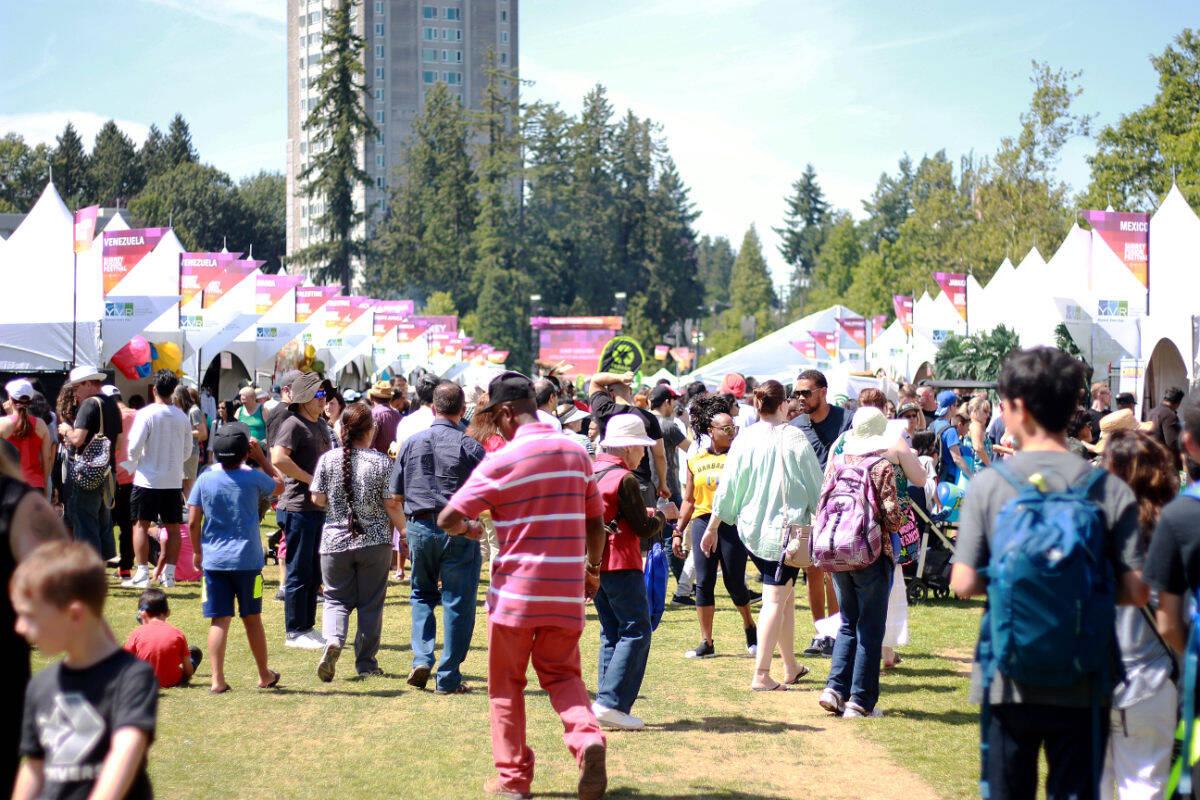Introduction
Surrey, British Columbia, Canada, falls into the region of the Pacific Coast. The River Fraser, which runs through Surrey, has a long and intertwined history with the region. The Fraser has been an important transportation route since the early days of European settlement in British Columbia. Surrey was first settled by the Coast Salish peoples, who have lived in the area for millennia (Bone, 2018). The first European settlement in Surrey was established in 1827, and the community has grown steadily since then (The Curtain Call Custom Interiors, n.d.). The River Fraser and Surrey have been necessary to each other throughout their history. The area falls within the Cascadia Subduction Zone, which is responsible for creating the Cascade Mountains and the region’s frequent earthquakes and volcanic activity. The city of Surrey, River Fraser, and the Cascadia faultline have always made up the characteristics of the region together with its artistic beauty.

The Pacific Coast is prone to earthquakes because of the numerous faultlines in the region. Cascadia Subduction Zone is among the most intriguing faultlines, it begins from northern California to southern British Columbia. The zone has the potential to generate a magnitude 9.0 earthquake, which would be one of the largest earthquakes in recorded history, as can be seen in Figure 1. There is evidence of the Cascadia Subduction Zone in Surrey, British Columbia, Canada (Bennett, n. d.). This faultline runs through the city and is responsible for the many earthquakes in the area.

Despite the faultline, the Fraser River is another element of the landscape that illustrates the historical geography of Surrey. The Fraser River is a significant river in British Columbia that has been an essential part of the local economy and culture for centuries (Dean, 2012). The river is a significant source of salmon for the region and has been used for transportation and trade for many years, as demonstrated in Figure 2. Salmon was an essential part of the local diet and culture of the First Nations people. Additionally, the river offered transport from the Pacific Ocean to the interior of British Columbia.
Art and Literature
Fishing Fraser Canyon, Colorado

The beauty of the Fraser River has inspired artists besides the traditional roles it has played. One of the most intriguing paintings of the Fraser River is “Fishing Fraser Canyon, Colorado” by Arthur Burdett shown in Figure 3. The painting is a beautiful landscape of the Fraser River in British Columbia. The painting depicts the river in all its glory, with the mountains and forest in the background. The painting represents the natural beauty of the Fraser River and the surrounding area (MacGregor, 2016). The Fraser River is shown as a primary source of salmon for the region.
The Future

Surrey is viewed as a city that will still grow and accommodate different people within its geography. The human face of Surrey, British Columbia, Canada, will look different in 25 years as the population of Surrey is expected to grow significantly, and the city will continue to develop. The city is a desirable place to live, with its proximity to Vancouver and the beautiful scenery, as shown in Figure 4. The city will continue to develop, and the face of the city will be more diverse as more people immigrate to Surrey, similar to high rate of immigrants from India.
Conclusion
Surrey, British Columbia, Canada, is a beautiful city situated in a region prone to earthquakes. The city has a long history that reflects the natural beauty of the city and its surrounding. The Fraser River is an integral part of that history as a vital source of salmon and transportation. The long and rich history is reflected in its art and literature. The city is expected to grow significantly in the next 25 years, and the face of the city will be more diverse.
References
Bennett, S. (n.d.). Pacific Northwest. Web.
Bone, R. M. (2018). The regional geography of Canada (7th ed.). Don Mills, ON: Oxford University Press.
Collins, L. (2022). Surrey’s millennial population growing at a faster pace than the rest of Canada. Peace Arch News. Web.
Dean. (2012). Fishing report for Fraser River & Tributaries May 28. Web.
Frost, A. B. (1869). Fishing Fraser Canyon, Colorado. Web.
MacGregor, R. (2016). The story of the Fraser River: A “symbol of life” that can also be violent and deadly. The Globe and Mail. Web.
The Curtain Call Custom Interiors. (n.d.). A brief history of Surrey, British Columbia, Canada. Web.